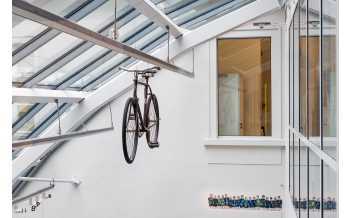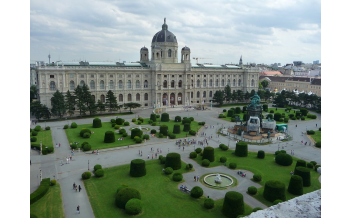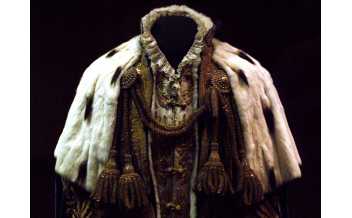"Vienna wasn't just a city, it was a tone that either one carries forever in one's soul or one does not. It was the most beautiful thing in my life. I was poor, but I was not alone, because I had a friend. And Vienna was like another friend." Sándor Márai
Consistently voted the city with the world’s highest quality of life, Vienna is a magnet for the curious. Perhaps best known for its musical heritage, it boasts numerous concert halls and opera houses. It has been playground to some of the greatest composers in history, including Mozart, Beethoven and Schubert. Long a cultural and political hub, Vienna has protected itself from the slow decline of some other European cities: it remains a place of immaculate gardens, charming shops, long boulevards and thriving theatres.
The city has also capitalised on its history as a flashpoint for major events. It was once the last bastion against the Ottomans, and later the seats of both the Holy Roman and Austro-Hungarian Empires, the second a major player in the First World War. During the Cold War, Vienna often served as neutral ground between the United States and the Soviet Union in times of tension.
Unmissable spots include the State Opera, Prater Park, and the buzzing Dachboden bar. The Kahlenberg hill overlooks the city and offers panoramic views. And don’t forget to sample Vienna’s famous bakeries and ice cream parlours.
Exhibitions in Vienna
Viennese Coffee Culture
Places to stay:
Activities
-
Austrian Theatre Museum, Vienna: All year
Founded in 1923, the Austrian Theater Museum exhibits permanently sketches,...
-
Central Cemetery, Vienna
Astonishing though it may seem today, Mozart was buried in an unmarked plot...
-
Holocaust Memorial, Vienna
The Holocaust Memorial, unveiled on 25 October 2, stands in Judenplatz in the...
-
Imperial Butterfly House, Vienna
In the middle of Vienna's beautiful historical Burggarten, encased in an...
-
Jüdisches Museum (Jewish Museum), Vienna
The Jüdisches Museum Wien, or the Jewish Museum Vienna, is a museum of Jewish...
-
Konstantin Filippou, Restaurant, Vienna
The restaurant is a very elegant space with a minimalistic interior design...
-
Kunsthistorisches Museum, Vienna: All year
"Museum of Art History", also often referred to as the "Museum of Fine Arts"....
-
-
-
Museums Quartier, Vienna
The Museums Quartier Wien houses several autonomous artistic institutions,...
-
-
Saint Stephen's Cathedral, Vienna
The Cathedral of Saint Stephen is found in the heart of Vienna, between the...
-
-
The Haus der Musik (House of Music), Vienna
The Haus der Musik (House of Music) in Vienna opened in 2000, and is the...
-
The Imperial Treasury, Vienna: All year
Marvel at this spectacular and precious collection at the Hofburg Palace in...
-





















